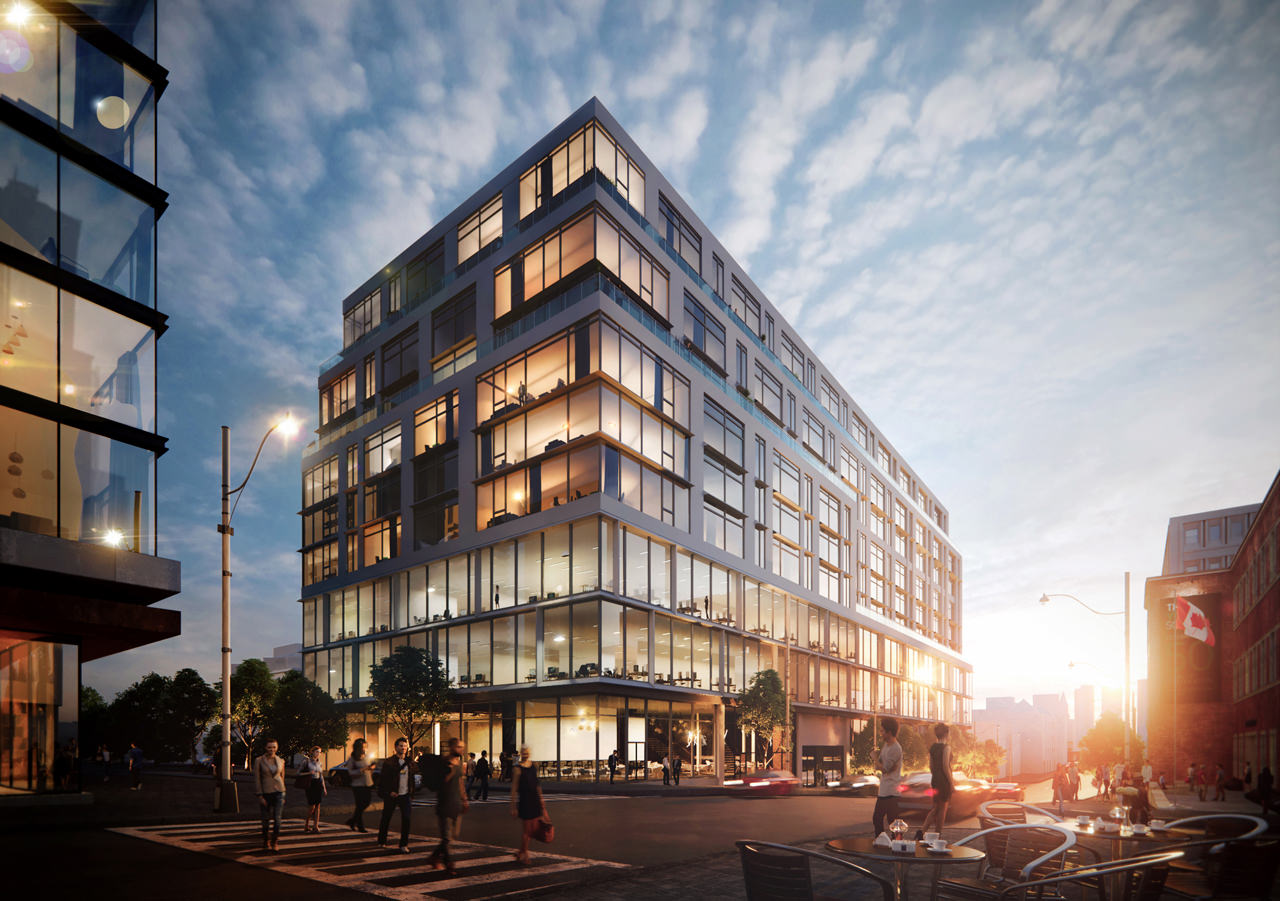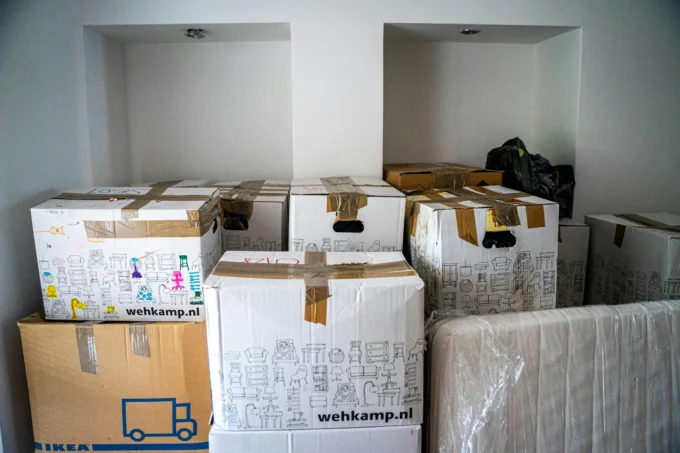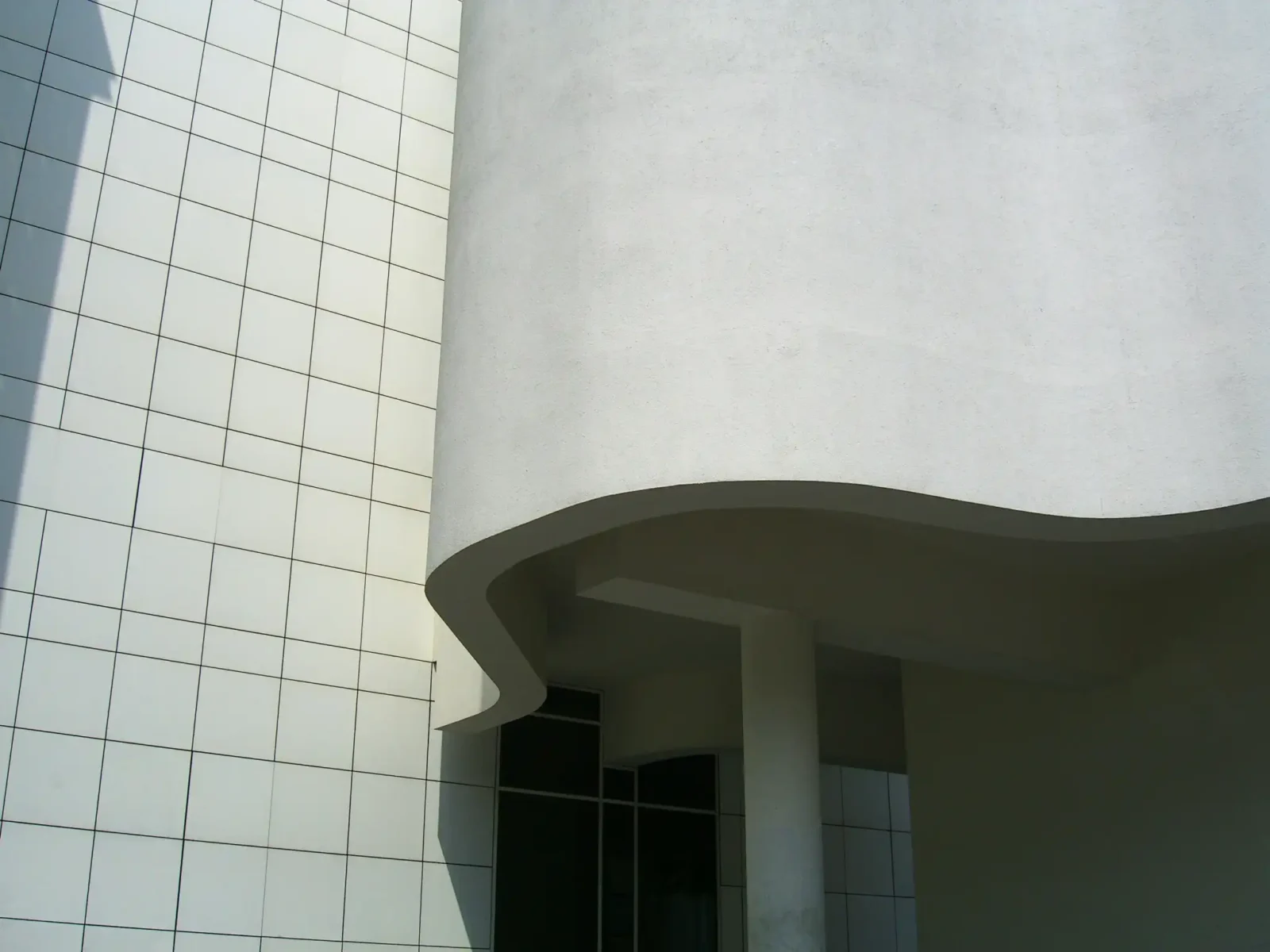- Home
- Articles
- Architectural Portfolio
- Architectral Presentation
- Inspirational Stories
- Architecture News
- Visualization
- BIM Industry
- Facade Design
- Parametric Design
- Career
- Landscape Architecture
- Construction
- Artificial Intelligence
- Sketching
- Design Softwares
- Diagrams
- Writing
- Architectural Tips
- Sustainability
- Courses
- Concept
- Technology
- History & Heritage
- Future of Architecture
- Guides & How-To
- Art & Culture
- Projects
- Interior Design
- Competitions
- Jobs
- Store
- Tools
- More
- Home
- Articles
- Architectural Portfolio
- Architectral Presentation
- Inspirational Stories
- Architecture News
- Visualization
- BIM Industry
- Facade Design
- Parametric Design
- Career
- Landscape Architecture
- Construction
- Artificial Intelligence
- Sketching
- Design Softwares
- Diagrams
- Writing
- Architectural Tips
- Sustainability
- Courses
- Concept
- Technology
- History & Heritage
- Future of Architecture
- Guides & How-To
- Art & Culture
- Projects
- Interior Design
- Competitions
- Jobs
- Store
- Tools
- More

Interior design is all about creating spaces that are not only beautiful but also interesting and engaging. One way to achieve this is by incorporating depth and texture into your designs. Depth and texture can help to add visual interest, create focal points, and make a space feel more inviting and welcoming. By layering different textures and materials, using a mix of colors and patterns, incorporating different lighting sources, and using a variety of materials, designers can add visual interest and dimension to a space. By using these tips and techniques, you can create spaces that are not only beautiful but also engaging and inviting. You can find details of several tips for creating depth and texture in interior design:
- Layering: Layering is a key element of creating depth and texture. By layering different textures and materials, you can add visual interest and depth to a space. For example, you can layer a cozy rug over a hardwood floor, add throw pillows to a sofa, or hang textured curtains over a window. For inspiration, check out this stunning layering by Alder and Tweed.
- Color: Color is another important element of creating depth and texture. By using a mix of light and dark colors, you can create a sense of depth and dimension in a space. For example, you can use a light-colored sofa against a dark-colored wall, or add colorful accent pieces to a neutral room to create visual interest.
- Lighting: Lighting is critical for creating depth and texture. By using a mix of natural and artificial light sources, you can create shadow and depth in a space. For example, you can use a mix of table lamps, floor lamps, and overhead lighting to create different layers of light in a room.

- Pattern: Patterns can add texture and depth to a space. By using a mix of patterns, such as stripes, florals, and geometric designs, you can create visual interest and dimension in a room. For example, you can use patterned throw pillows on a solid-colored sofa or hang patterned wallpaper on an accent wall.
- Materials: The materials used in a space can also add texture and depth. For example, you can use natural materials like wood, stone, or woven textiles to add depth and dimension. You can also use metallic finishes, such as brass or copper, to add shine and texture to a space.
- Consulting with the best interior designer in Washington DC, can help you select the right mix of materials to enhance the depth and texture of your space. Their expertise can guide you in creating a balanced and visually captivating environment tailored to your style and preferences.

Textures that create a sense of warmth, comfort, and softness can help make a space feel more inviting and welcoming. In general, textures that are soft, warm, and natural tend to create a more welcoming and inviting atmosphere. However, it’s important to consider the overall style and aesthetic of a space when choosing textures, as different textures can work better in different design styles. Ultimately, the key is to choose textures that create a sense of comfort and coziness, while also adding depth and interest to the space.

- Soft textiles: Soft textiles like plush carpets, cozy throw blankets, and fluffy pillows can create a sense of comfort and coziness in a space.
- Natural materials: Natural materials like wood, stone, and leather can add warmth and texture to a space, making it feel more inviting. These materials can also bring a sense of nature into a space, which can create a calming and welcoming atmosphere.
- Woven textures: Woven textures like baskets, wall hangings, and woven blankets can add depth and interest to a space. These textures also add a sense of handmade craftsmanship, which can create a more personal and welcoming atmosphere.
- Metallic accents: Metallic finishes like brass, copper, and gold can add shine and texture to a space, creating a more glamorous and welcoming atmosphere.
- Furry textures: Furry textures like sheepskin or faux fur can add a sense of luxury and softness to a space. These textures can also create a cozy and inviting atmosphere, making them perfect for bedrooms and living rooms.

1 Comment
Submit your architectural projects
Follow these steps for submission your project. Submission FormLatest Posts
The Ultimate Guide to Fencing in North Dakota: Choosing the Best Fence for Your Property
Watching a chain link fence twist in 70 mph winds near Minot...
Gaudí: Where Architecture Meets Science
Gaudí: Where Architecture Meets Science shows catenary arches, ruled surfaces, and biomimicry...
How Housing Market Forces Shape Architectural Design Today
Architecture never exists in isolation. Buildings rise from a mix of ambition,...
Why Portable Formaldehyde Gas Detectors Matter on Construction Sites
As construction practices shift toward more enclosed and material-intensive environments, the risk...












It looks amazing in the pics, hope uts great for real as well